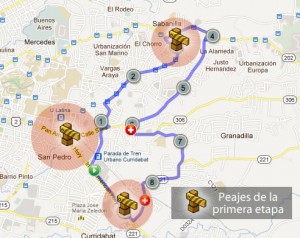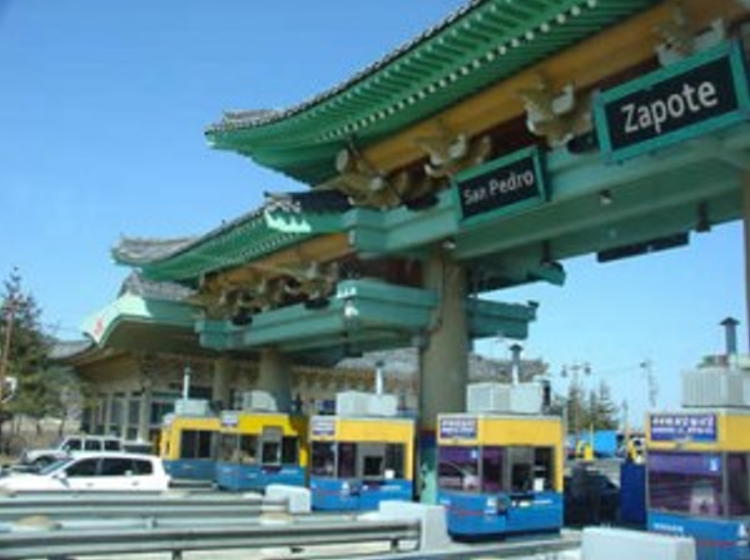VATICAN ENQUIRER – San Jose, Costa Rica. The Chinese Embassy in Costa Rica announced the donation of more than US$225 million dollars to finance a new duo-toll in the eastern side of the capital city of San jose and an expansion of the main roads using an elevated highway system.
The donation is part of the “Chinese Support to Costa Rican Government” (Apoyo Chino a Gobierno Costarricense – ACHINGOCO, in Spanish) to help reduce the road crisis in San Jose.
A report from no.ticiero.cr says the government of Costa Rica was very grateful for the donation.
“With the donation of the Chinese Government, we will be able to start the first stage of tolls without the need of a bidding or concession. This type of collaboration between our countries will allow large works beyond the stadium National, starting with the duo-system,” said the statement.
In Curridabat, Zapote and San Pedro toll roads will use two different types of toll charges: electronic tolls only and conventional pay toll stations, with automatic payment machines.
So far, residents of the east side of San Jose have enjoyed a free road system (save for the tolls on the road to Cartago), but at the high cost of narrow and overly congested roads.
 The Ministry of Transport said the donation by the Asian giant will allow the no toll charges for the first year, after which, the tolls will be between ¢800 and ¢1,500 colones (US$1.40 to US$3) depending on the route and direction.
The Ministry of Transport said the donation by the Asian giant will allow the no toll charges for the first year, after which, the tolls will be between ¢800 and ¢1,500 colones (US$1.40 to US$3) depending on the route and direction.
“The donation is a major help for the city, but all drivers must contribute (by way of tolls) to the high cost of construction and maintenance,” said the Under the Minister of Transport, Maria Rosibel Gonzalez Espinoza.
The Under the Minister explained the under the new “free-flow toll system” vehicles would be detected as they cross the pay system and since there are no toll stations or barriers the pay system would be imbedded in a new special license plate with semi-annual payments similar to the Marchamo, the country’s annual circulation permit.
For vehicles that do not haveCosta Rican license plates or do not have their annual vehicular inspection current, owners can purchase an electronic device that will be scanned by the system or in the alternative can use the traditional pay system.



